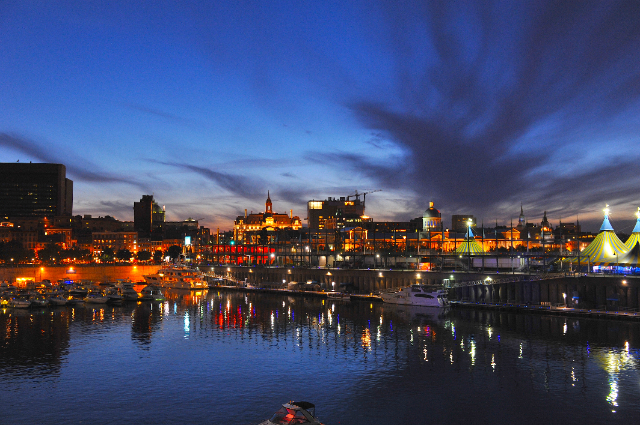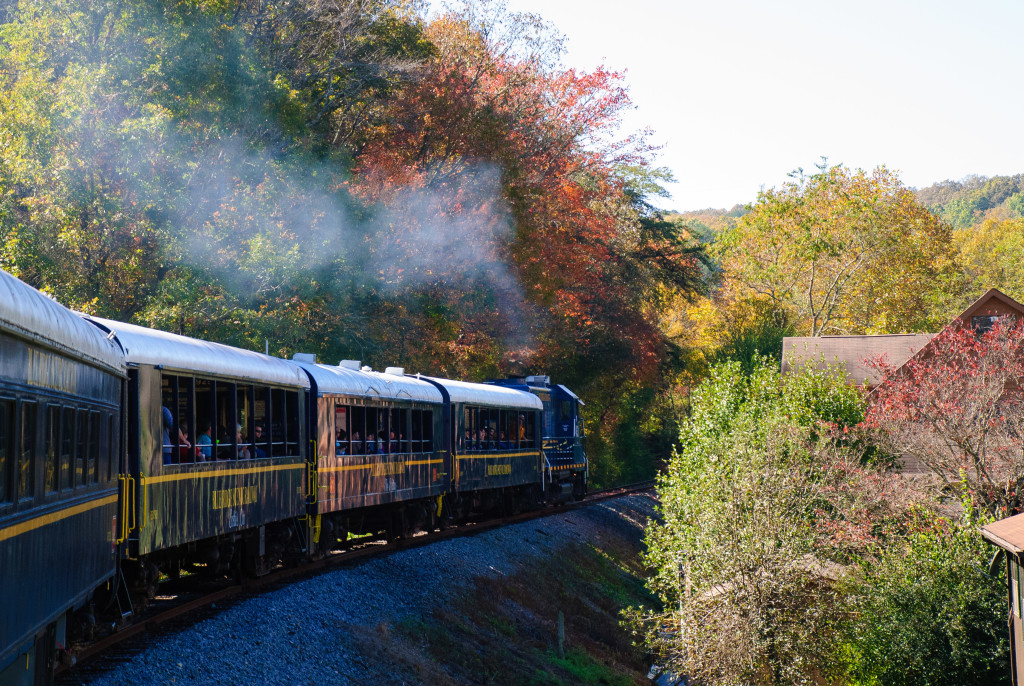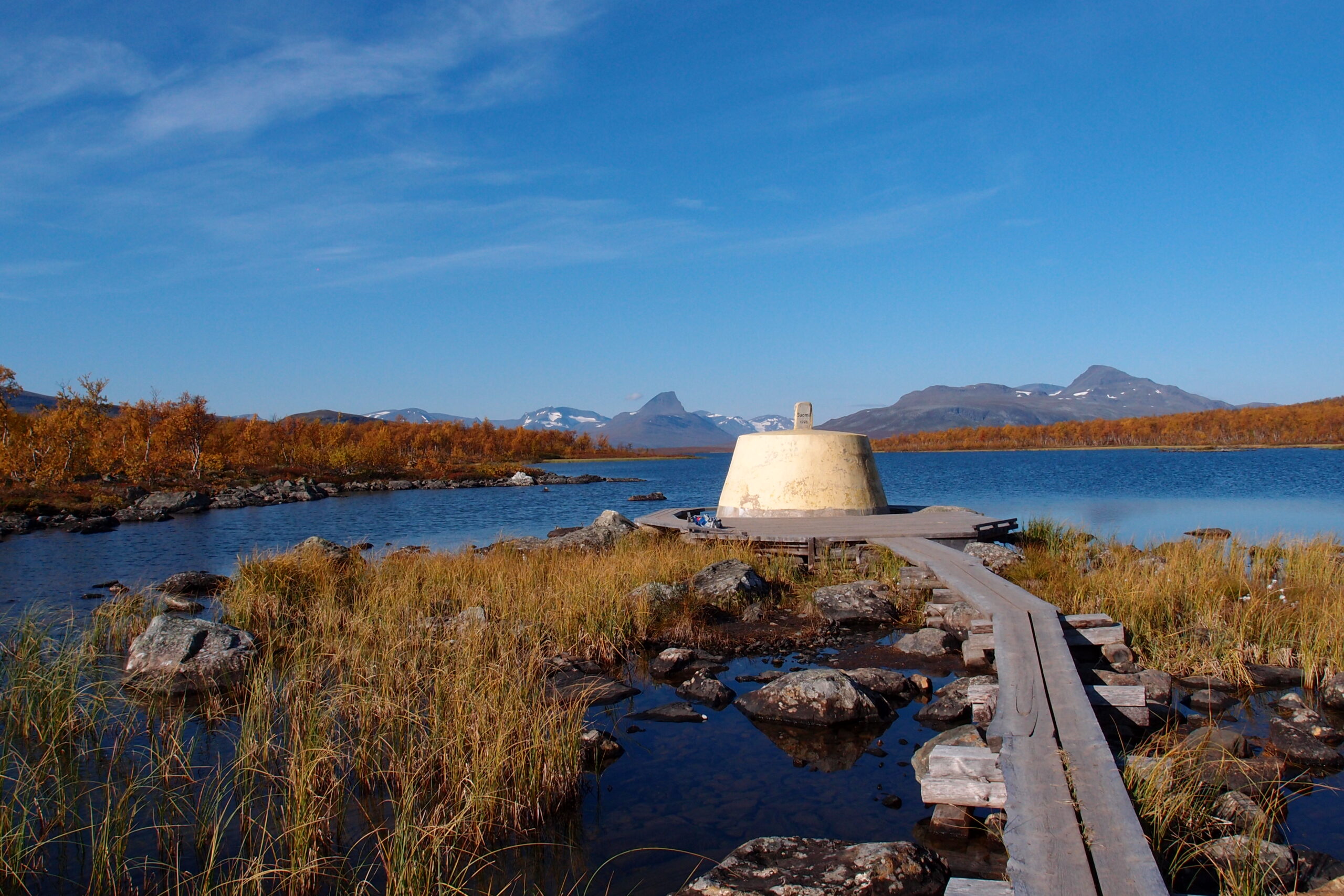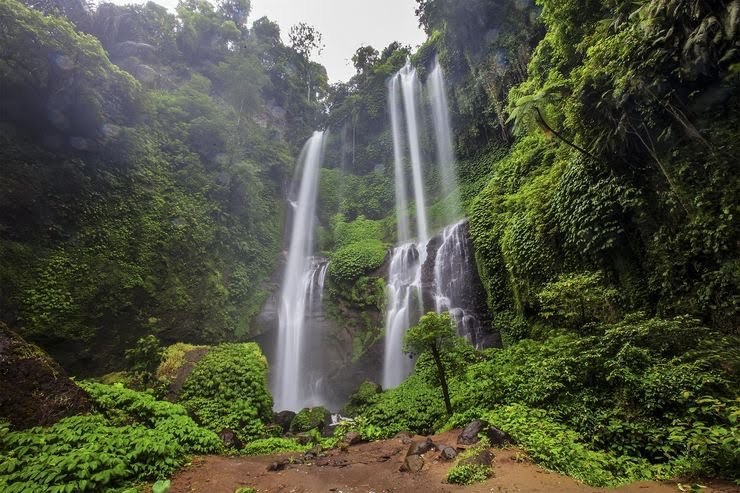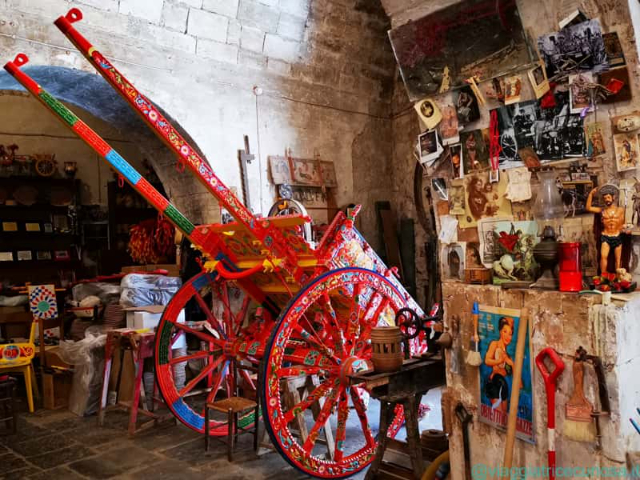The first-ever UNESCO Heritage site in all of the UAE is the Al Ain Oasis. The oasis is not a fancy construction. It was built to replete the waters that flow below the land. A soothing spot that has got numerous palm trees and the well-designed garden which is a must-see place in Jebel Hafeet.Covering 1,200 hectares, this lush oasis provides a unique insight into the region’s inhabitants who began taming the desert 4,000 years ago. Located in the centre of Al Ain, Abu Dhabi’s garden city and heritage heartland situated about a one-and-a-half-hour’s drive away from the capital, this is the largest of Al Ain’s oases. Farmers tend to thousands of date palms of 100 different varieties, as well as fodder crops and fruit trees, such as mango, orange, banana, fig and jujube (known locally as sidr). Individual plots and working farms are separated from each other by historic boundary walls.The water supplying the lush oasis comes from both wells and the ancient falaj system that taps distant underground or mountain aquifers and then delivers the water, sometimes over many kilometres, to farms via a system of ground-level and below-ground aqueducts. Al Ain Oasis has plenty of working examples of the falaj that have been used for centuries. There are two main falaj systems serving the oasis: Al Aini and Dawood. They provide water to two separate parts of the oasis and both come from the southeast, the direction in which the Hajar Mountains and the nearby Jebel Hafit mountain lie. Once inside the oasis, water is distributed via an intricate network of channels. Distribution is strictly enforced and implemented by blocking channels in a manner that directs water to the required areas only.Al Ain Oasis has been a UNESCO World Heritage Site since 2011, but only recently, with the construction of an educational Eco-Centre and the addition of an extensive system of shaded pathways, was it opened to the public.


